Why Pediatric Eye Care Is Crucial?
A child’s eye is fundamentally different from an adult’s because it is still immature and developing. Proper visual development depends on the healthy growth of the eye and strong connections between the eye and the brain. Any condition affecting a child’s vision must be addressed as early as possible to ensure normal visual development. This critical need is why pediatric ophthalmology has become a distinct subspecialty dedicated to the unique eye care needs of children. At Narayana Nethralaya, our team of pediatric ophthalmologists is committed to providing specialized, comprehensive care to protect and nurture children’s vision.
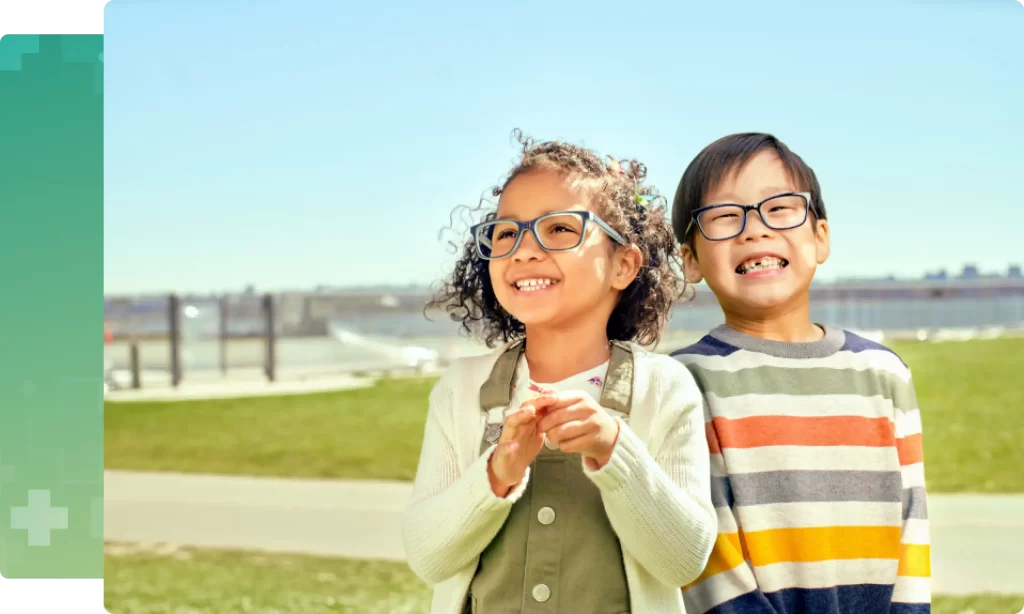
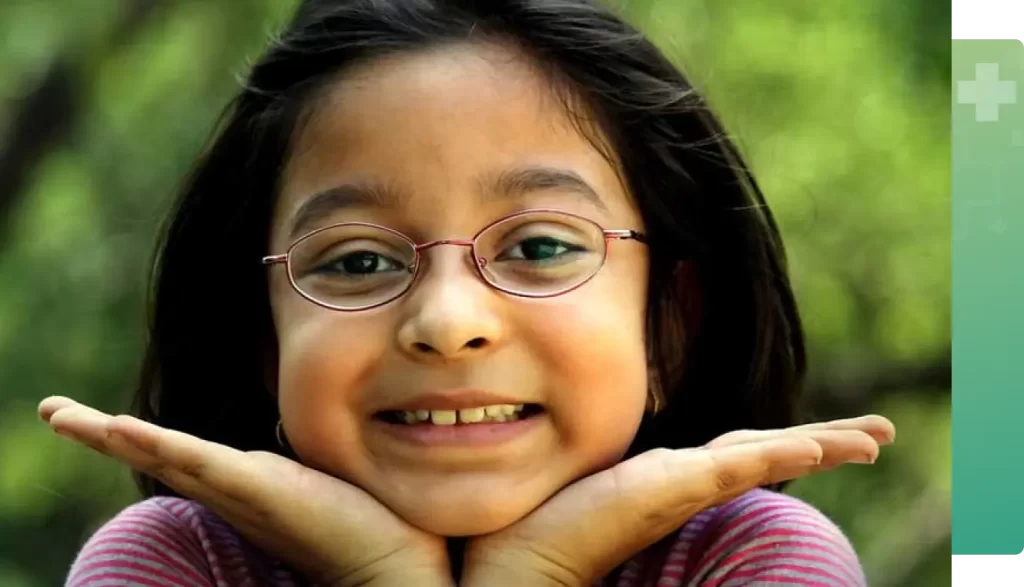
The Urgency of Childhood Blindness Control in India
India is home to over half of the world’s blind children, with approximately 270,000 affected.
By focusing on early diagnosis and treatment, pediatric eye care can help prevent lifelong vision impairment and improve the overall quality of life for children.
Narayana Nethralaya is one of the leading eye hospitals in India, known for its excellence in pediatric ophthalmology. We provide specialized, comprehensive eye care tailored to children of all ages.
Our experienced pediatric ophthalmologists treat a wide range of common conditions such as refractive errors, allergies, squint, conjunctivitis, cataract, stye, and more. We also manage complex and less common eye diseases.
Our strength lies in a multidisciplinary team approach. All specialists are under one roof, allowing for coordinated care and faster diagnosis. This ensures the best outcomes for our young patients.
Our pediatric wing is specially designed to be welcoming and comfortable for children. It includes a play area, a feeding room, and all diagnostic services located on the same floor to minimize waiting time and make the experience smoother for both children and parents.

According to a recent Indian study, 17% children or 1 out of 6 children aged between 5-15 years suffer from myopia and this is expected to rise to an alarming 50% in 2050. This means half the children across the country and the world at large will become myopic.
The Myopia control Clinic at Narayana Nethralaya was established with the goal to “Flatten the myopia curve.”
Any of these symptoms or complaints from your child should not be neglected. Some eye conditions and diseases are hereditary and can affect your child as well. Consult your child’s doctor or an ophthalmologist at the earliest for early detection and treatment of eye disorders.
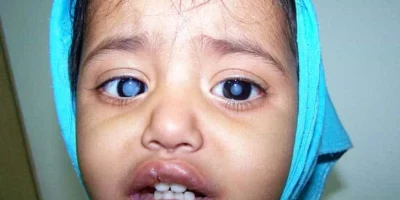
Cataract is any opacity of the eye’s crystalline lens that reduces visual acuity. In children, it may be congenital or acquired, and though rare, it accounts for 12–40% of pediatric blindness in India-highlighting the urgent need for early detection and intervention.
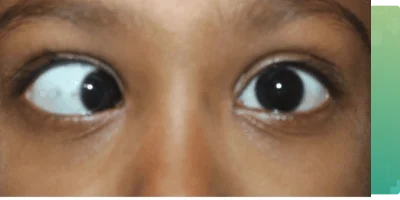
Squint is said to occur when there is misalignment of the eyes and each eye points in different directions. One eye may turn in, out, up, or down. It can occur in both children and adults, but in children, it can lead to reduced vision in the affected eye (lazy eye or amblyopia).
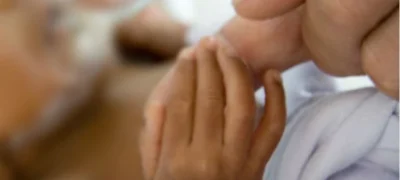
Approximately 24% of childhood blindness in India is due to retinal causes. With increasing survival of premature infants, there has been a sharp rise in Retinopathy of Prematurity (ROP)—a potentially blinding condition caused by abnormal development of retinal blood vessels.
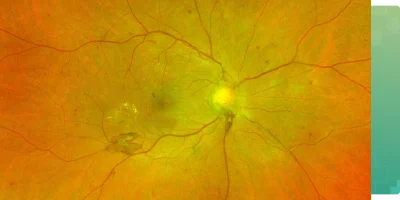
Retinoblastoma is a life-threatening eye cancer in children that develops on the retina, the sensory layer inside the eye. It is a silent tumour most often detected too late; it may appear as a white mass and, in advanced stages, can spread beyond the eye, becoming fatal. However, 95% of affected children can be saved with treatments like surgery, laser, cryotherapy, chemotherapy, and radiation.
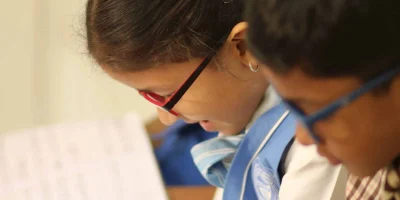
Refractive errors are eye disorders—not diseases—and include myopia, hyperopia, and astigmatism. Myopia (nearsightedness) causes distant objects to appear blurry, while hyperopia (farsightedness) makes near objects unclear. Astigmatism results from an irregularly shaped cornea, leading to blurred vision at all distances, and often occurs alongside myopia or hyperopia.
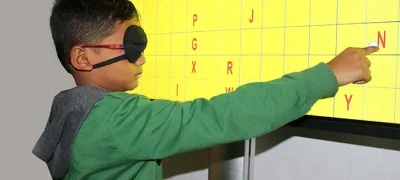
Approximately 24% of childhood blindness in India is due to retinal causes. With increasing survival of premature infants, there has been a sharp rise in Retinopathy of Prematurity (ROP)—a potentially blinding condition caused by abnormal development of retinal blood vessels.

Parents of children with blinding eye diseases often feel isolated and face immense psychological stress. Aashraya was created to build a supportive community where parents can connect, share concerns and stories, and find comfort and solutions together. Nothing eases the burden more than knowing you’re not alone.
Rehabilitation is a set of measures that help individuals with, or at risk of, disability achieve and maintain optimal functioning within their environments. It promotes independence in daily activities by providing assistive devices, environmental adaptations, and training to overcome challenges.
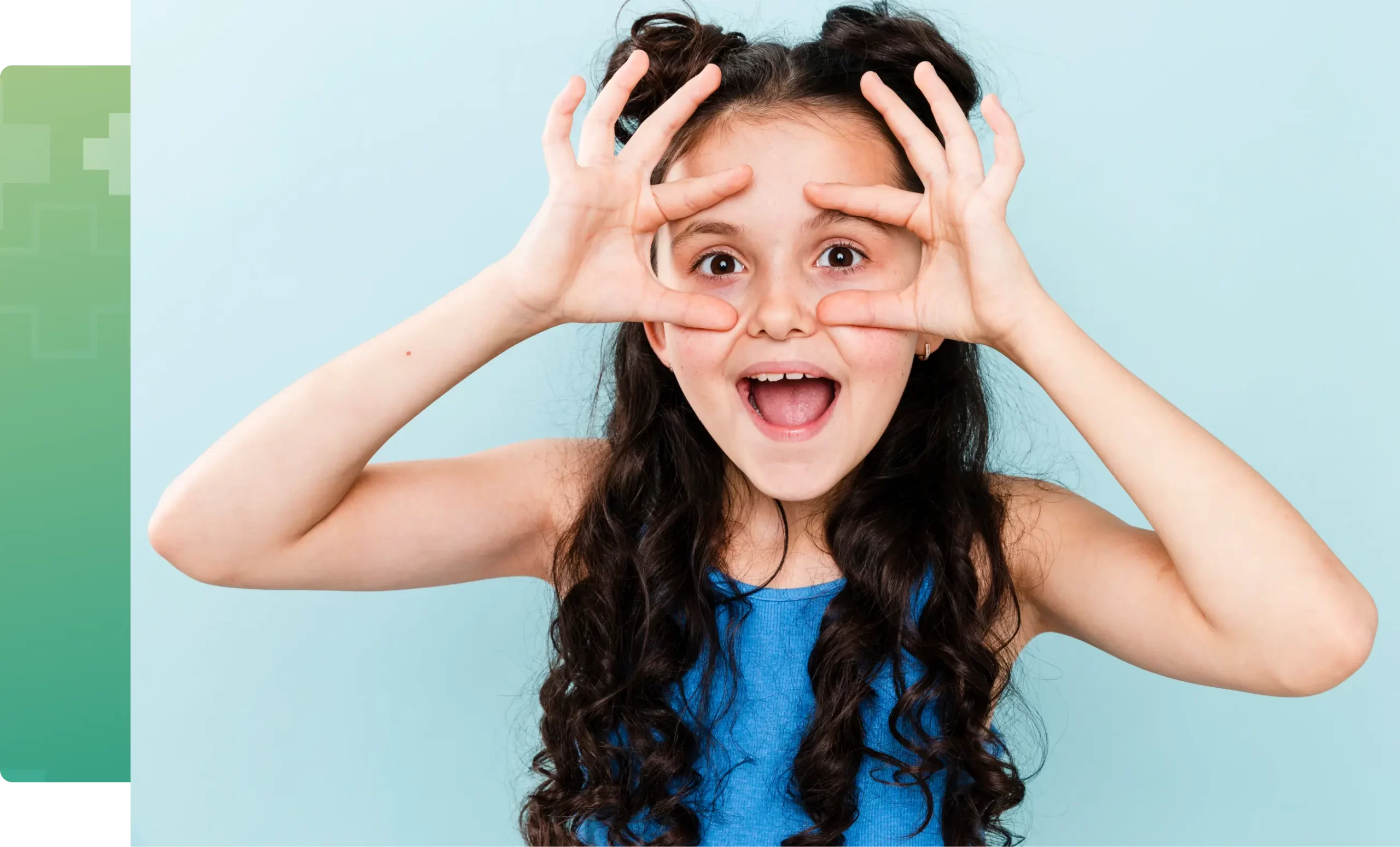
The Pediatric wing dedicated to children is adapted in a child friendly manner to cater to the needs of your child. The area also has a play area and feeding room. All the tests that need to be done for your child are strategically located on the same floor to speeding up the process.
Apart from a dedicated team of pediatric ophthalmologists who can treat common eye problems in children like refractive errors, allergies, squint, conjunctivitis, cataract, stye etc., we also have various other specialties who are capable of handling other less common eye diseases in children
Glaucoma services – for diagnosis and treatment of congenital glaucoma, juvenile glaucoma and secondary glaucoma
Cornea services– for diagnosis and treatment of corneal diseases. We have a specialized Keratoconus clinic armed with state of the art equipment and expert doctors to treat keratoconus in children
Oculoplasty services: for evaluation and treatment of ptosis, orbital masses and orbital trauma
Ocular oncologyservices: for diagnosis and treatment of childhood eye malignancies like retinoblastoma
Electro-physiology department: for diagnosing and prognosticating retinal dystrophies and other retinal diseases using tests like ERG, EOG and VEP
The presence of all the expert doctors under one roof enables the child to get the best of the comprehensive approach that we as doctors have adopted in managing patients here especially children
Several eye conditions can affect children. Signs that indicate a child may have vision problems include:
Any of the above symptoms or complaints from your child should not be neglected. Some eye conditions and diseases are hereditary and can affect your child as well. Consult your child’s doctor or an ophthalmologist at the earliest for early detection and treatment of eye disorders.
While the brain is 90% structurally developed by the time a child turns one year old, the functional development of the brain is a continuous process which also depends on learning and information. In a similar manner, a child’s eyes and the connections between the eye and the brain are also immature and still growing. This growth and maturity can get affected by poor vision due to various causes, and can lead to a condition known as lazy eye or amblyopia, where one of the eyes or less commonly both eyes do not reach its full visual potential. If the cause of lazy eye is not corrected in time, it can lead to permanent loss of vision. Treatment of the cause at a later age cannot restore vision in the lazy eye.
Causes for lazy eye include:
A 3 year old girl visited Narayana Nethralaya when the mother noticed whitish discoloration in the right eye. On examination, the vision in the right eye was lesser the left eye. Her examination revealed a dense developmental cataract with an exotropia in the right eye and a lesser dense developmental cataract in the left eye as well. The parents were counseled for the child’s right eye cataract surgery followed by the left eye. The parents were made aware that in children the management of cataract is different from that of adults and would need extensive vision rehabilitation in the form of spectacles, occlusion therapy or vision stimulation exercises post surgery. Our skilled and experienced pediatric eye surgeon successfully removed the cataract and initiated vision rehabilitation at the right time in the post operative period. The child had improvement in the vision in both her eyes and the parents were extremely happy with the outcome as they could see a improvement in the child’s day to day activities following cataract surgery.
An 8 year old boy visited Narayana Nethralaya with the complaints of inability to see the board at school. The parents also complained that the child would sit closer to the television. On examination, the child had less vision for distance in both eyes, the right eye being more affected than the left eye. His examination revealed a refractive error (myopia) in both the eyes, the right eye having a higher refractive error than the left eye. The child was advised constant wear of glasses and to revisit us after 3 months for vision assessment as it was the first time the child was wearing glasses. In the follow up visit, our pediatric ophthalmologist noticed that the vision with glasses in the left eye had improved to near normal but the vision in the right eye had only improved marginally. He was diagnosed with refractive amblyopia in the right eye and initiated occlusion therapy of the left eye in order to improve the vision in the right eye. In the follow up visits, the child showed improvement and was eventually taken off occlusion therapy. The parents were happy to have visited our hospital and were satisfied with the services offered.
A 23 year old girl visited Narayana Nethralaya with the complaints of intermittent outward deviation of the either eye since 4 years. Our strabismologist, during examination noticed an intermittent outward squint of the either eye alternately along with reduced stereopsis ( 3D vision) , which is commonly seen in strabismus or squint. She was then counseled for strabismus surgery to improve her ability to use both eyes together , for better alignment of the eye and also to improve her stereopsis ( 3D vision). Our experienced strabismologist successfully corrected the squint and post operatively her eyes were aligned well and there was no squint. The patient was extremely happy with the results as now there was no squinting happening in her eyes and she also looked cosmetically better and with improvement in her stereopsis over a period of time.
At Narayana Nethralaya, “Quality of Care” and “Patient Safety” is our priority. Concern for our patients’ well being is at the core of what we do, and what drives us. Five units of Narayana Nethralaya are NABH Accredited – the highest national recognition for quality in patient care and safety. Our Pediatric team help patients make an informed treatment choice on the type of treatment and surgery that is best suited for their lifestyle. We have an exclusive counseling team to address any doubts or questions that people may have about Pediatric treatment options, procedures, preoperative testing and post surgery recovery.
